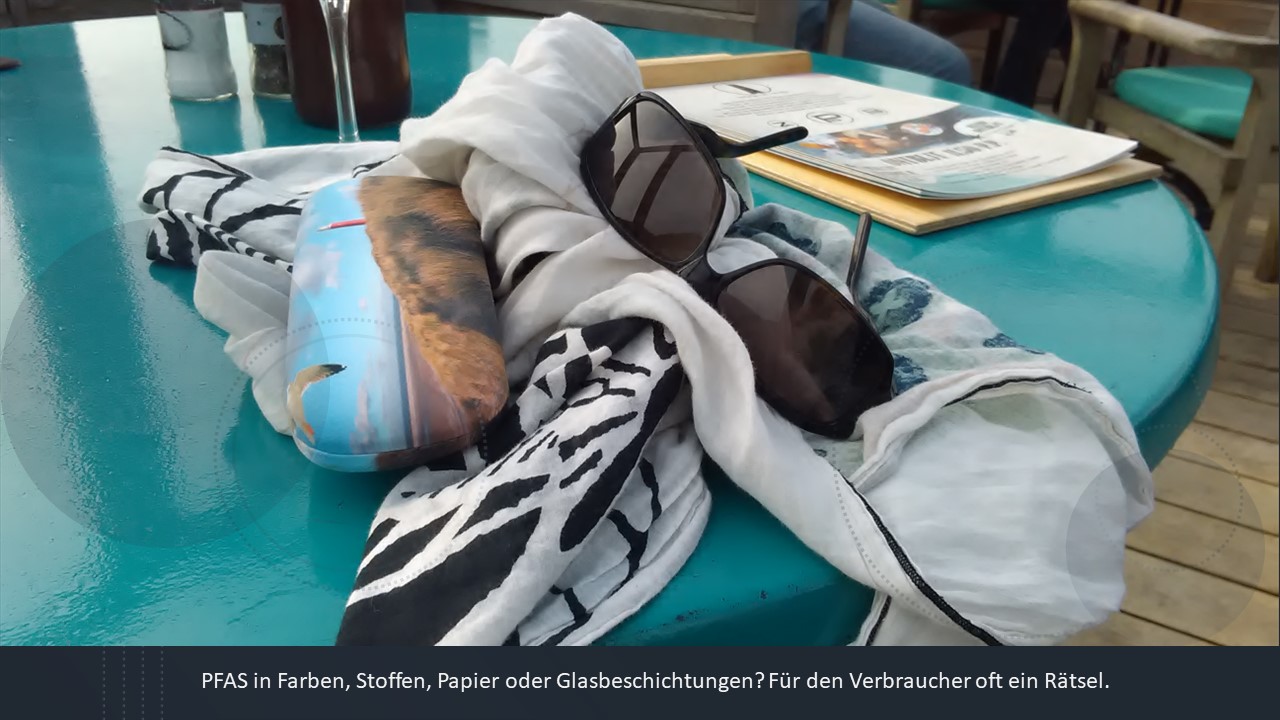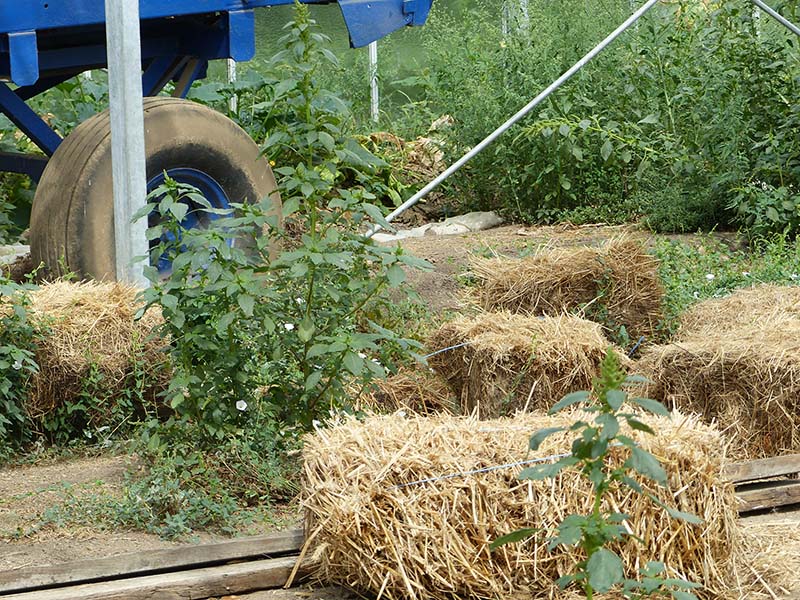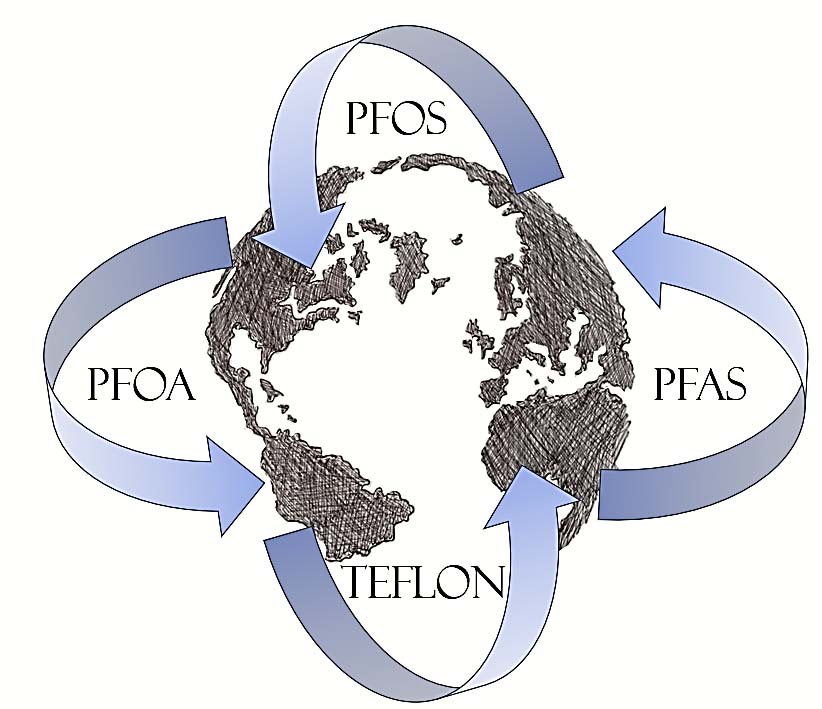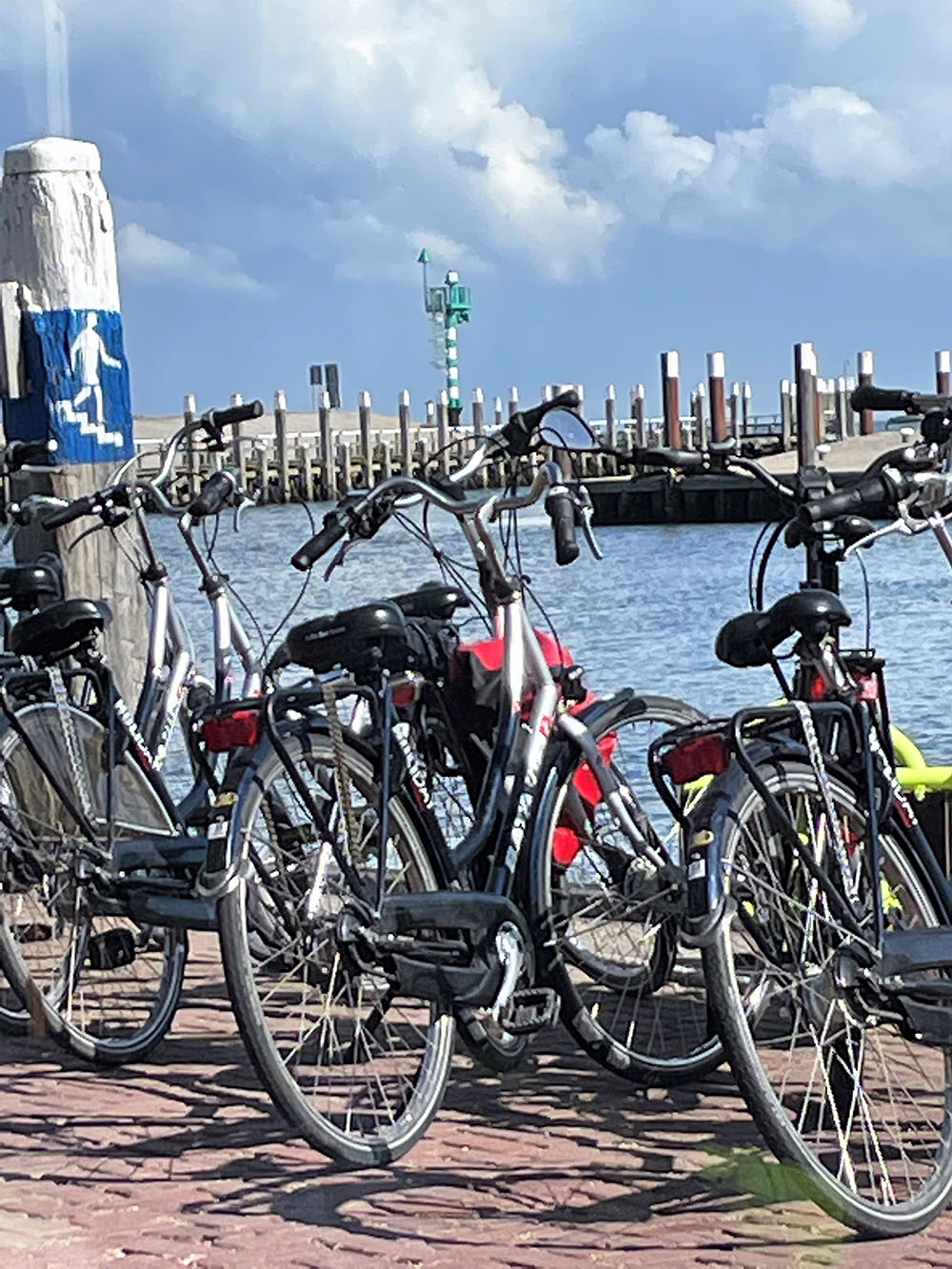PFAS 2023:
My personal review of the year
PFAS in 2023 - many things were new, some almost unbelievable and the question of "PFAS-free" remained largely unresolved.
For me, the PFAS year 2023 oscillated between rainforests, layout software, teaching, writing, disputes, politics, activated carbon filters, and little birds such as the great tit. With PFAS now being found everywhere, it became difficult to live PFAS-free. Even while on holiday at the Dutch North Sea coast, those chemicals were faithful companions ... Here is a small pick:
January:
Based on an increasing evidence, the European Commission has published new limits for the maximum levels of four long-chain PFAS in food. In the future, there shall be two controls in Mittelbaden: Like before, compliance with the previously applicable assessment values will be checked during pre-harvest monitoring and food inspections. In addition, the authorities must also check compliance with the new European limits.
February:
The month has it all: representatives of all disciplines are spending two days at the ZeroPM workshop on February 7 and 8 in Gothenburg, Sweden, discussing why there can be a life without PFAS, even if it poses challenges. It is my first workshop in 2023, and I not only hear news on PFAS there but also get to see a mini rainforest in the Universeum in Gothenburg.
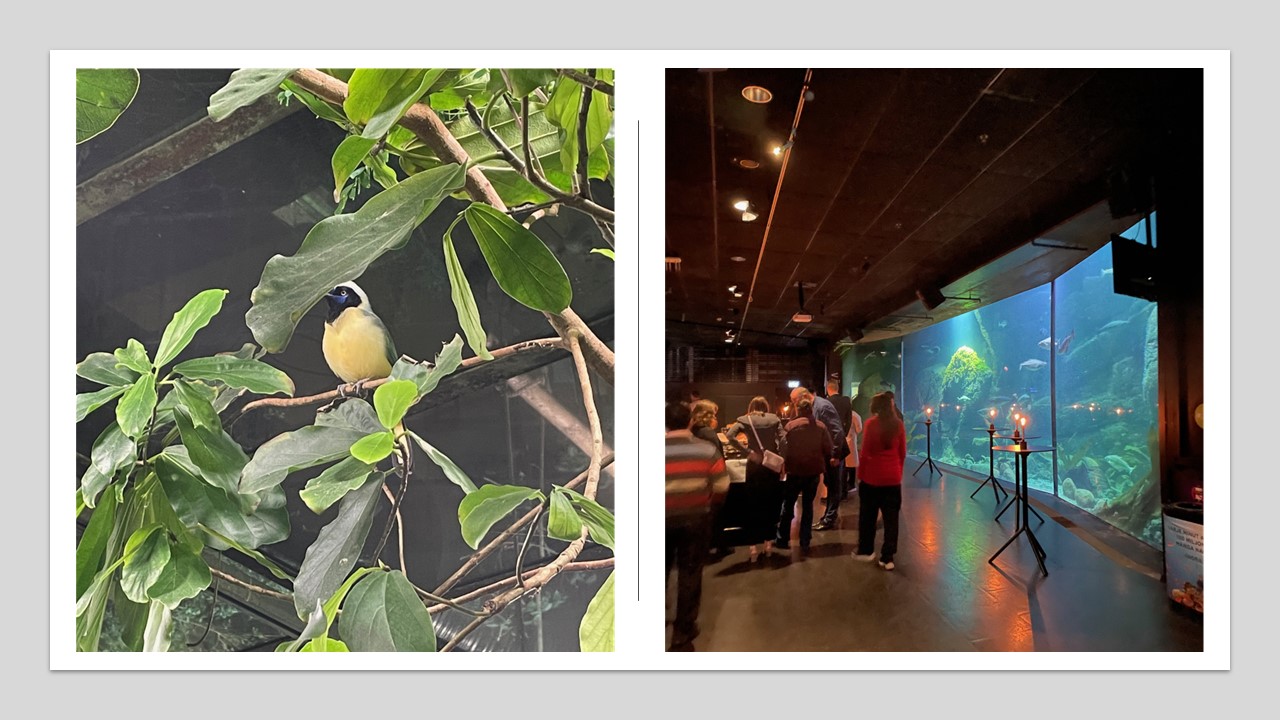
At the same time, Germany, Denmark, Norway, Sweden, and the Netherlands submit their comprehensive PFAS restriction proposal to the ECHA, which is also being discussed in Gothenburg. Which companies are already prepared, and what do water suppliers need to do? The discussions are "lively.“ The Tagesspiegel newspaper publishes a remarkable article on the subject.
At the end of February, a European research team publishes the results of the Forever Pollution project, including an interactive map with locations of known and suspected PFAS contamination. The map shows the paper mills that have supplied our compost dealer; can names now be mentioned?
A webinar by the NGO ChemSec is also taking place in February: Are PFAS in your products? I am curious.
March:
The owner of a household goods shop in Bühl answers my questions about teflon pans, PFAS and the upcoming restrictions. Conclusion: Alternatives are already available, and nobody needs to miss out on the frying experience.
And I gather more information at another ChemSec webinar: The biggest chemicals legislation in years.
PFAS are the subject of Christian Ehring's program Extra 3: "Keeps Dry and Forever."
April to June:
This year's teaching session in the "Science-Media-Communication" degree program at KIT is about to begin, and the topic is PFAS for the third time. And once again, the students have heard nothing about it: "Honestly? Just really nothing at all!" We go on PFAS field trips, make press inquiries and design a brochure with InDesign; it's not just the students who groan quietly.
My overview of the current status of the "Rastatt case" is published in Analytik News.
ChemSec is offering a webinar, "All you need to know about the PFAS restriction consultation confirmation" at the end of May, followed by another one in June: "Find out how to replace difficult PFAS-uses with safer alternatives".

On June 24, the new Drinking Water Ordinance (TrinkwV) comes into force, which contains limit values for PFAS for the first time; all drinking water suppliers in the region gave me detailed interviews for my new PFAS brochure, which is almost finished. I learned a few more things about the possibilities of InDesign and am pleased with my layout designer and my proofreader.
Also in June, Anna Lennquist, senior toxicologist and expert on chemicals management, policy, and the underlying science from the NGO ChemSec, answered my questions about PFAS. I got to know her and her colleagues in Gothenburg and am delighted with the interview.
July:
The third round of blood tests starts in Mittelbaden at the beginning of July, more or less unnoticed by the public.
My BNN article on PFAS and the regional paper mills is published in mid-July: Where do the PFAS in Mittelbaden come from? The interactive map of European PFAS pollution includes the paper mills from the Murg Valley as well as those in the regions of Freudenstadt and Karlsruhe. My questions are precise, but the answers, if given at all, are vague and imprecise. And again, nobody feels responsible.
At the end of July, my PFAS brochure is being presented to the public, and Wilfried Lienhard, journalist from the BNN, reports on it: "An online brochure provides information about the PFAS problem in Mittelbaden.“ In his commentary, Wilfried leaves no doubt about the need for communication:
"At the very least, it cannot be ruled out that the 'eternal chemicals'—the term speaks volumes—will generate problems of which nothing can yet be foreseen. The more we all know about it, the better. Knowledge helps us adapt to the situation. Not knowing does not solve the problem, and not wanting to know certainly does not.“
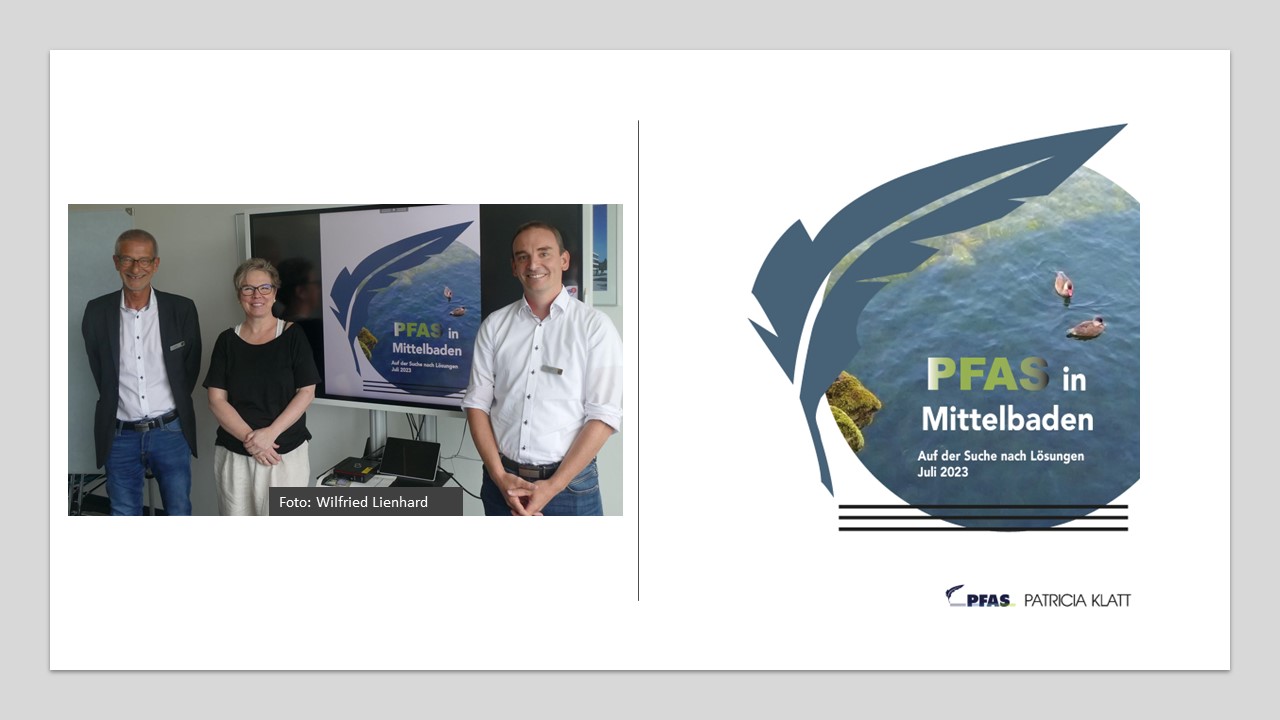
The first PFAS newsletter is published online by the PFAS office of the Rastatt District Office, which, together with the PFAS brochure, provides low-threshold access to a highly complex topic for the general public.
August:
The new joint research project FABEKO takes place near a contaminated field near Hügelsheim. We stand there in bright sunshine, hoping that the soil will be cleaned up in the future.
In the magazine Nature, XiaoZhi Lim published the article: "Could the world go PFAS-free? Proposal to ban 'forever chemicals' fuels debate", which appears in the German translation in spektrum online: "A world without Teflon? Representatives of PFAS form non-stick coatings on cookware, smartphone screens, weatherproof clothing, and dirt-repellent textiles. They are used in microchips, jet engines, cars, batteries, medical devices, and cooling systems. ... it is estimated that tens of thousands of tons of such chemicals are released into the environment every year."
In mid-August, Wilfried Lienhard presented my online brochure in detail in the BNN: 60-page brochure, PFAS in Mittelbaden: What the State of Play is.
At the end of August, the second PFAS Congress, which I am attending this year, will take place in Idstein: the International PFAS Symposium Fluoros 2023, a special event not only for me. Find out what it was like there and what great tits have to do with PFAS in my blog post.
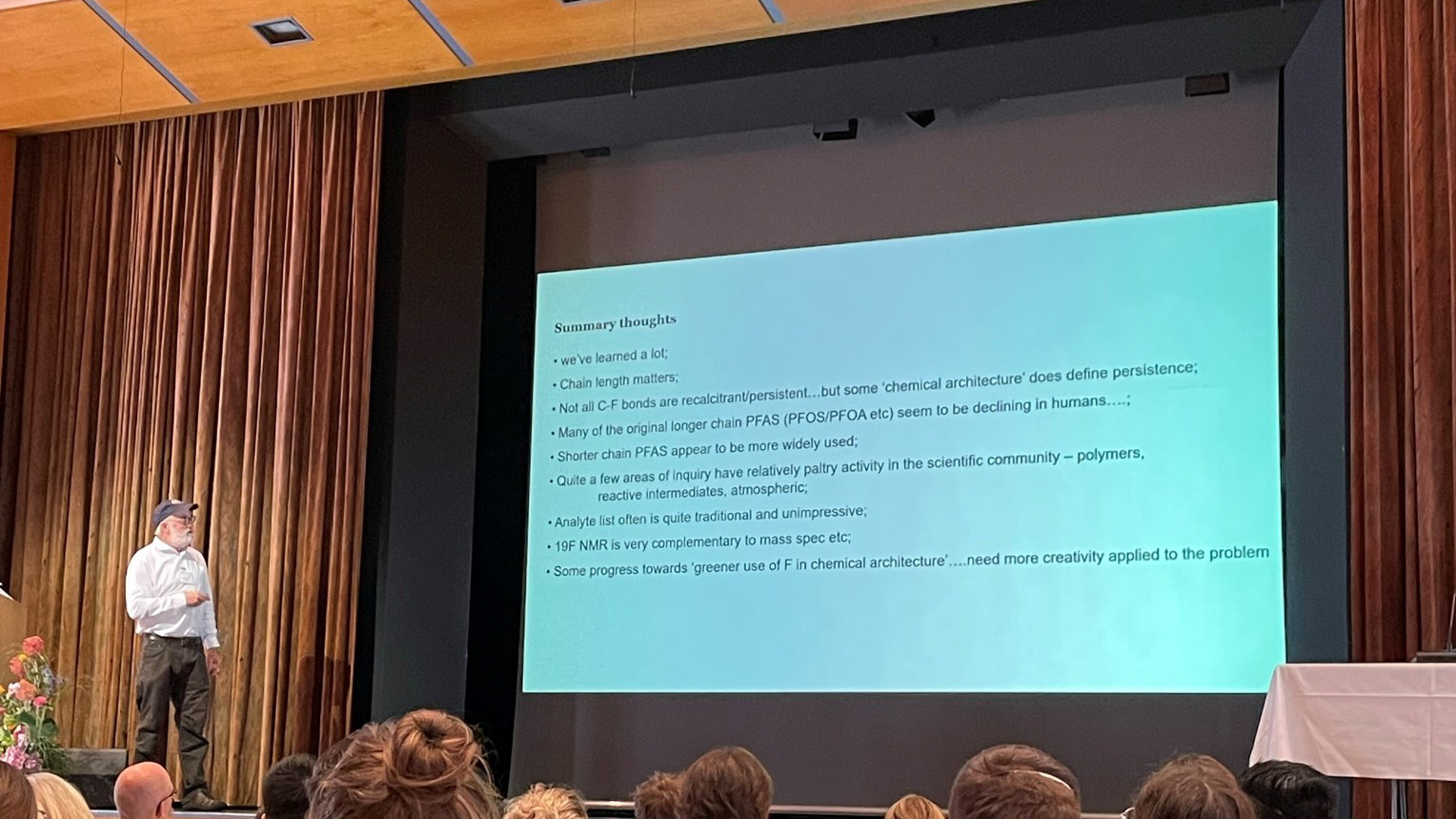
September:
Holidays on the Dutch North Sea on the island of Texel - I am thinking about PFAS in the sea spray when going for a walk by the sea, my family is annoyed. And they shut me up when I helpfully point out PFAS in fish and mussels: "We don't want to hear that now...".
Also in September, Jona Schulze from the Federal Environment Agency takes the time to answer my PFAS questions about the restriction proposal; his opinion is clear, he was involved in drafting it, and he is well aware of the industry's resistance.
With the underground storage in the Stetten salt mine, the Rastatt District Office has found another disposal route within Baden-Württemberg. I am asked by a newspaper for an assessment.
October:
Another ChemSec webinar takes place: Key Takeaways from the PFAS Public Consultation, and the autumn summary of ZeroPM is also published.
The second PFAS newsletter from the Rastatt District Office is published.
Representatives of the chemical and industry associations reject the PFAS restriction, speak of a total ban with devastating consequences, and do not want to see the group of fluoropolymers there in principle, "fluoropolymers are safe." The controversial discussions on social media almost always end with me getting no more answers, which I find very weak.
Some politicians acknowledge the dangers of PFAS; others turn out to be clueless, focus exclusively on the economy, and are unteachable, all of which really annoys me, and I address this in a blog post: "Limited view of PFAS restriction?"
November:
In my online presentation at the "PFAS Workshop IV: Finding Solutions" organized by the Austrian Federal Environment Agency, the PFAS scandal in Mittelbaden and communication about it are a topic: "From conception to the grave: Our "wonderful PFAS world."
At another lecture in Kehl at the local citizens' initiative, I present "PFAS chemicals for eternity." The interest is great, but so is perplexity—how to deal with PFAS?
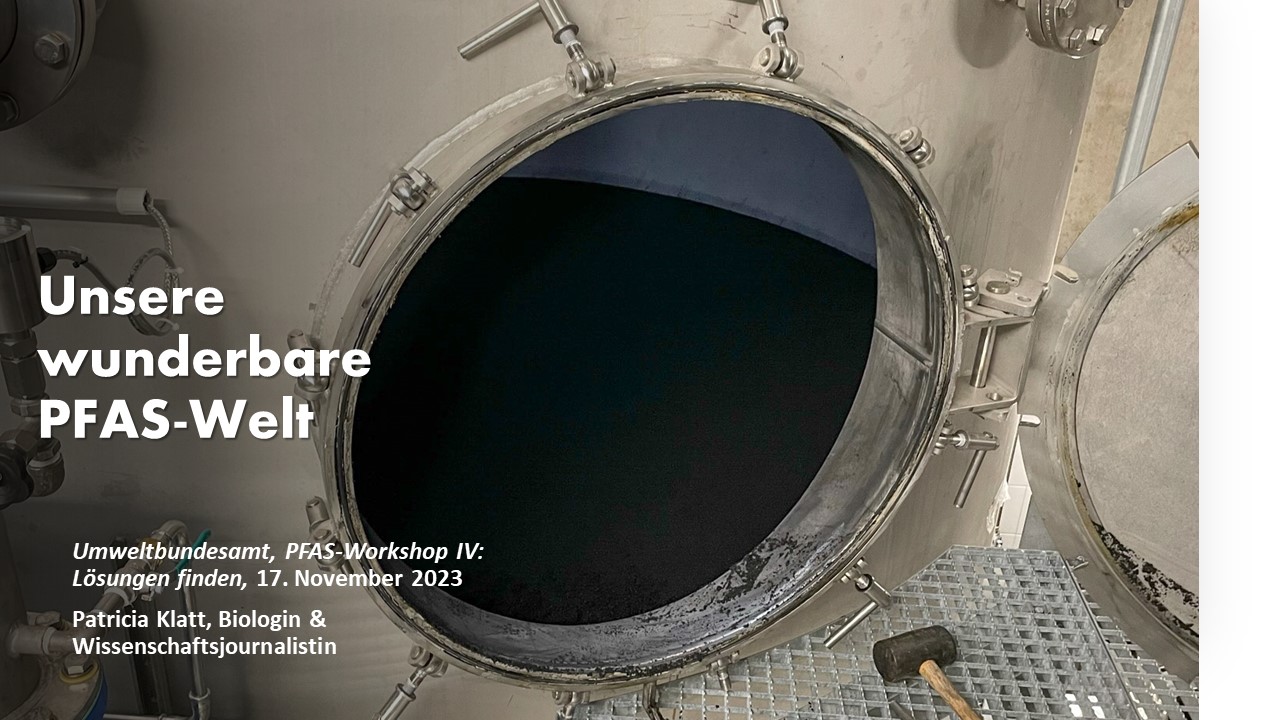
A publication shows PFAS in the recycling of paper, cardboard, and PFAS in Norway, which is also instructive for the background of PFAS pollution from paper sludge compost in Mittelbaden.
The Pentagon has told the US Congress that restricting PFAS poses a threat to national security, as the chemicals are not only used in weapons systems but also in lithium-ion batteries, helicopters, naval vessels, uniforms, footwear, tents and duffel bags.
Belgium now has its own PFAS scandal: a month-long investigation by Belgian broadcaster RTBF, which was broadcast on November 8, revealed serious contamination of the Walloon region's water supply with perfluoroalkyl and polyfluoroalkyl substances.
December:
My PFAS year is coming to an end, and the month is filled with PFAS annual reviews in the BNN and on my homepage.
And there is also a webinar of the fluoropolymer group, which deals with fluoropolymers and the PFAS reach restriction and offers interesting insights. I listen to political phrases without substance, but I also gain insights into the real problems of companies that are faced with the question of how they can replace fluoropolymers in their products. The task is not trivial.
An article appears in Nature at the end of the year: "The U-turn on PFAS," quote: "As per- and polyfluoroalkyl substances (PFAS) emerge as a global concern, it is crucial to foster collaborative endeavours aimed at discontinuing their persistent usage while devising effective methods for treating legacy PFAS in the environment."
The Netherlands are warning of PFAS in sea spray and advise children and dogs to shower off after swimming in the sea; according to a study, the concentrations of "Forever Chemicals" on the Dutch coast are comparable to those along the Belgian coast.
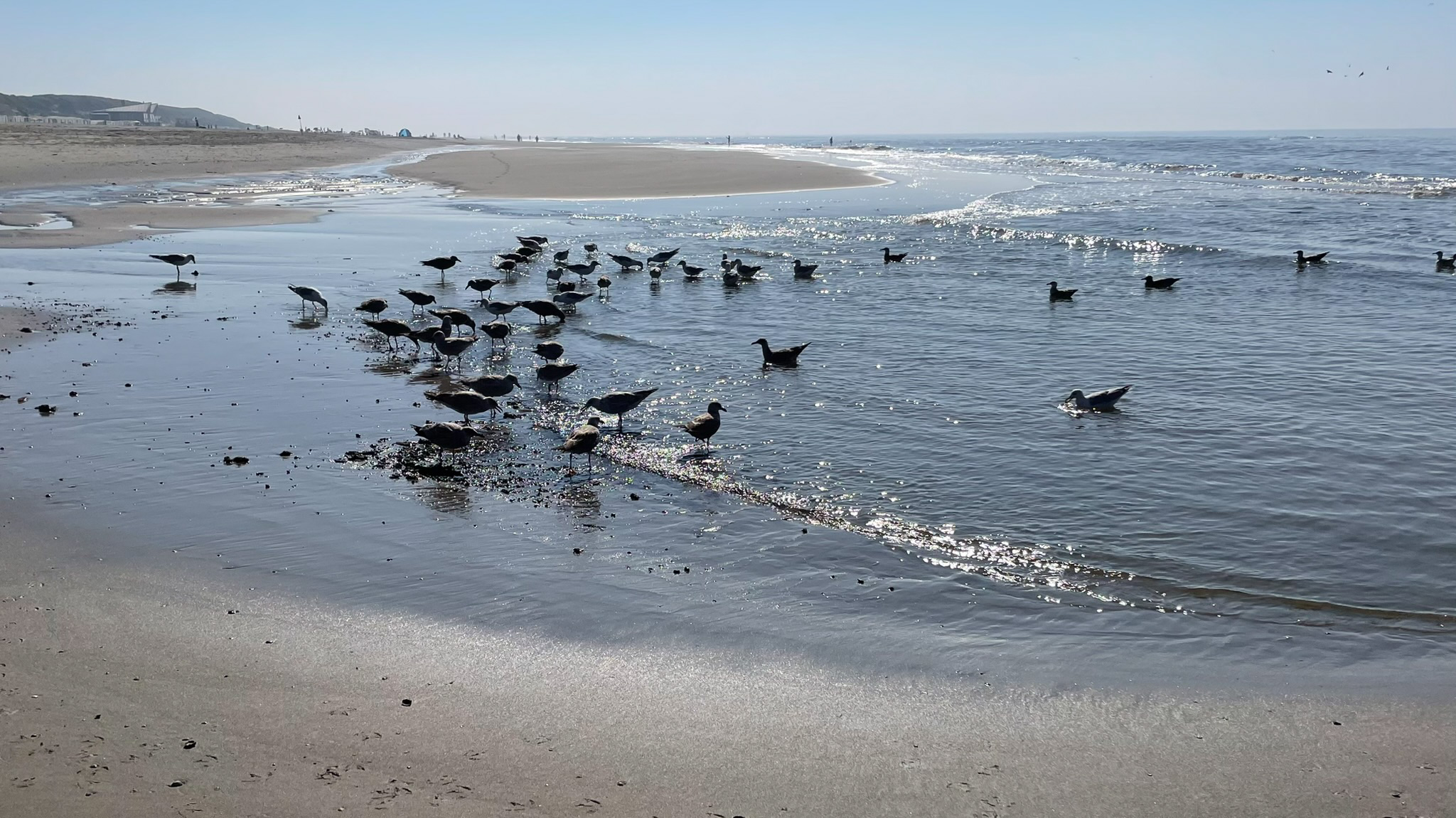
Unimpressed by all this, the CDU/CSU parliamentary group calls on the German government in a motion (20/9736) to take a stand against the PFAS ban, saying that it wants "a differentiated, risk-based regulatory approach at European level."
This infuriates the entrepreneurs who have switched their production to PFAS-free: Quote: "Unbelievable!" And perhaps the one-sided economic focus of these politicians is not so forward-looking after all.
And what else?
Two PFAS have been classified by the WHO as sure or possible carcinogens; the UN considers PFAS pollution in North Carolina to be a violation of human rights; insurance companies refuse to pay for PFAS damage; and NGOs consider PFAS to be the new asbestos. The "polluter pays" principle and PFAS levy are being discussed, and hopes are also pinned on the judiciary.
In Dordrecht, the chemical plant Chemours is liable for the damage suffered by the communities around it due to pollution with carcinogenic PFAS, as the Rotterdam court ruled in a civil case in September. And the Swedish Supreme Court ruled in December that the increased PFAS levels in the plaintiffs' blood were sufficient proof that the plaintiffs had suffered personal injury.
As an uninvolved party, you start to wonder and would perhaps avoid PFAS in cosmetics, carpets, Teflon pans or photovoltaic systems, if, yes, if it properly labelled....
But perhaps this will change soon, as the drinking water in Brussels is now also contaminated with PFAS, and the neighbourhood where the EU parliamentarians live is also affected. PFAS has also been found in humans tested in Strasbourg.
Perhaps this will lead to a change of perspective; who knows?
Many things are imaginable, and anything is possible.
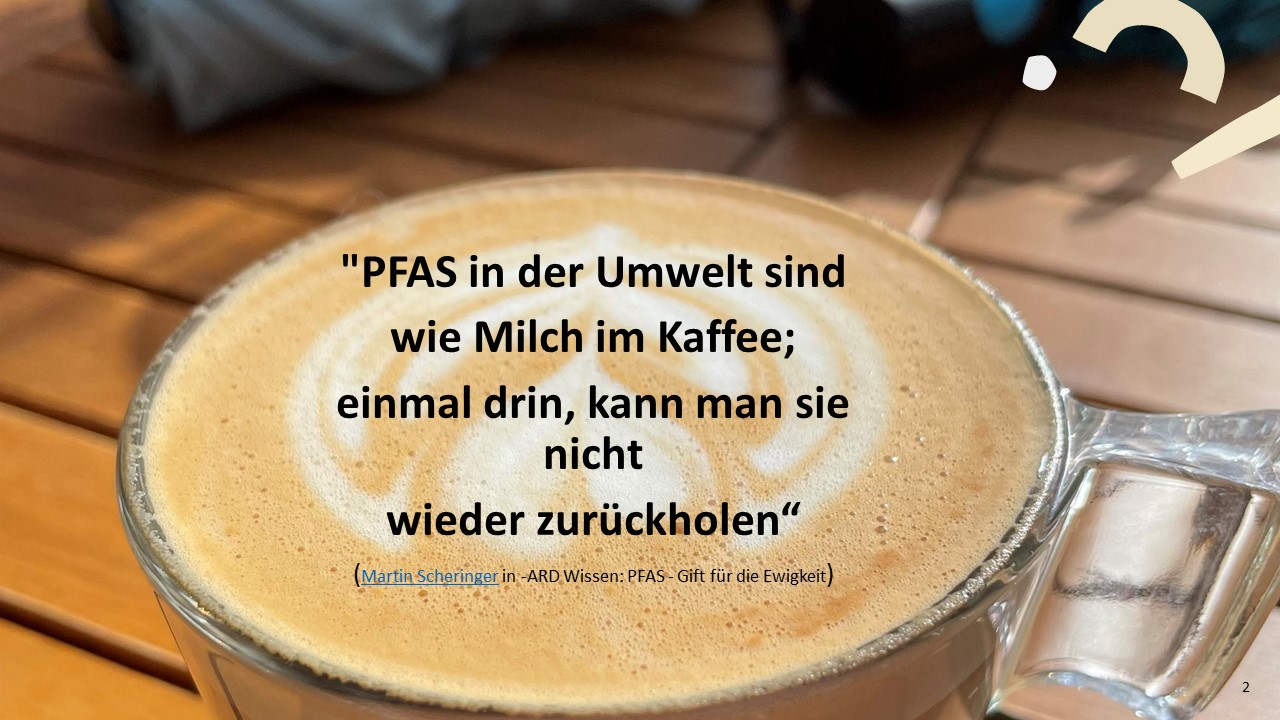
© Patricia Klatt (Text und Fotos)

